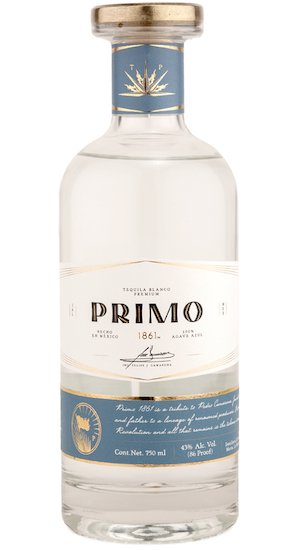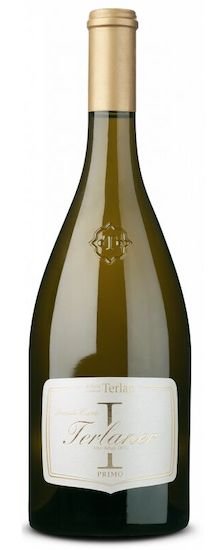Grabbing drinks at Musso & Franks
There are two things you need to know about me in order to understand my addiction to historic Southern California steakhouses:
First off, I’m from the Bay Area, where nothing new can be constructed unless something old is torn down. Many of our exemplary old school restaurants were wiped out by the modern food movement, or a lack of interest from the incoming tech crowd, long before COVID ever hit. To live in a massive urban sprawl where hidden relics from the past can live on is one of the most precious gifts I can think of. Nostalgia isn’t yet an endangered species in Southern California.
Second, because I’m not from LA I have a passionate curiosity about its glitzy antiquity that many natives seem to take for granted, and I’m constantly on the hunt for it. While my friends are prepping for their 8 PM dinner reservations downtown, I’m pulling up to some steakhouse bar at senior hour for conversations with complete strangers. Last week, I shared drinks with James Dean’s former stuntman at the Smoke House around four in the afternoon. We talked for more than an hour about 1960s Hollywood and the best dive bars in the valley, splashing gin martinis across the counter in the process. If you want the most authentic stories from LA’s past, you need to get there before sundown.
When I ask locals my age and younger where I can soak up some of that throwback vibe—somewhere the Rat Pack might have once visited—they invariably blurt out Musso & Frank’s; a fine selection in its own right, but clearly the default answer for 99% of the Angelenos I socialize with. Ask for a second recommendation and they often draw a blank. If they’ve heard of the Dresden, it’s because of the film Swingers, not because they’ve ever been there for dinner. If they’ve heard of Tam O’Shanter, it’s because I invited them there.
After putting in my time at the bar (and in the car), I’ve discovered Southern California has a much larger and more expansive world of historic steakhouses than I could have ever imagined. Not surprisingly, many of them have Rat Pack connections to boast as well, which always make for a fun anecdote. If you’re in the mood for low lighting, red leather booths, stained glass windows, and stiff drinks, I’ve compiled a list of some of my favorite places outside the Hollywood lexicon that weave quite the fabric between Sherman Oaks and Palm Springs. You’ll be eating like Sinatra and drinking like Deano, as you move east from the city.
Barone’s - Valley Glen
Most people know Barone’s as that old pizza place on Oxnard, or the place where they filmed Pam & Tommy (and not Licorice Pizza, as numerous websites claim), but don’t sleep on the steaks as they’re some of the best in town. Slathered with peppercorns, green onions, and bacon bits in a brandy sauce, the “famous” premium choice New York is the perfect foil for the renowned square pie that put Barone’s on the map. The bar makes a mean Negroni, and the dirty martinis can compete with any place in the valley. Open since 1945, you get plenty of atmosphere for your dollar, as well. The last time I was there, an older gentleman was eating alone in the bar, blasting Perry Como on his cell phone while eating a plate of spaghetti.
The Smoke House - Burbank
I’ve eaten at the Smoke House so many times since moving to Burbank that it’s a wonder my colon still works! Open since 1946, the banquet-sized dining room is packed just about every night of the week with family celebrations of all types (there were no less than twenty instances of “Happy Birthday To You” when I was there last month). The lounge is legendary and the martinis come with a side buddy on ice. Don’t let the old school ambiance distract you from the food, however, because everything on the menu is legit, from the world famous garlic bread, to the jumbo shrimp cocktail, to the chicken piccata and the double-portion chateaubriand. If you can squeeze in the wedge salad as well, it’s worth it. A combination of blue cheese crumble on top of the creamy dressing makes for an extra decadent affair.
Damon’s - Glendale
Ask any Angeleno about the area’s most iconic tiki bars, and you might hear mention of Damon’s. Yet, almost no one to whom I’ve spoken about the Glendale institution seems to know anything about the table side-tossed salads, the succulent twice-baked potatoes, or the incredible array of broiled meats, from shrimp brochettes to sizzling steaks. Open since 1933, the locals at the bar all know each other by name, and they’re decked out in Hawaiian shirts with neon blue cocktails that brighten up the dark interior. No matter what time of day you walk into Damon’s, the mood is the same. Fish tanks and tiki iconography galore with outstanding service.
The Magic Lamp - Rancho Cucamonga
No amount of preparation can prepare one for the almost maudlin reaction that occurs when entering the Magic Lamp. Located along the historic Route 66 in Rancho Cucamonga, the combination of red tile stacked on red brick, with red stained glass windows alongside red leather sofas, all surrounding a central fire pit, creates an emotional overstimulation that cannot be overstated. No single photo can do it justice. Built in 1955 after the previous establishment burnt down, the Magic Lamp both looks and feels like it hasn’t changed a day in almost seventy years. Classics like beef stroganoff over egg noodles and New Zealand rack of lamb are difficult to turn down amidst the overwhelming nostalgia, as are the super tender tournados of beef. Even if you just sit by the fire while sipping on a gin and tonic, the drive is well worth it. There’s no where I’d rather be on a Saturday afternoon.
Sycamore Inn - Rancho Cucamonga
Believe it or not, just a block down from the Magic Lamp along the old Route 66 roadway sits one of the oldest restaurants in all of California: the Sycamore Inn. Dating back to 1848, the Inn’s history is a fascinating one, but its legendary connections to the Rat Pack are what keeps steakhouse fanatics like myself coming back. The lore is that Sinatra, Dean, and Sammy loved the Sycamore Inn because it was exactly halfway between Los Angeles and Palm Springs, making it the perfect pitstop on the way to and from the desert. Marilyn Monroe was also a patron. The jumbo artichoke and ribeye are to die for, and the drinks are everything you’d imagine, but it’s the smoked bleu cheese and bacon mashed potatoes that will haunt your dreams.
Melvyn’s - Palm Springs
Of all the Rat Pack destinations in Southern California, no restaurant feels as Rat Pack-y as Melvyn’s in Palm Springs, located at the Ingleside Inn. Sinatra’s face adorns the cocktail napkins, the menus tell you which dish was his favorite, and all the servers still wear tuxedos as they prepare the Steak Diane table side, over an open flame. The bartenders are a wealth of information, and the loyal patrons even more so! I actually learned about the Magic Lamp from a woman sitting next to me in the lounge, and the Sycamore Inn from the couple sitting next to us at dinner. If Palm Springs is the pilgrimage for midcentury-loving, martini-guzzling, Hollywood-obsessed, steakhouse enthusiasts like myself, then Melvyn’s is certainly its mecca. Open since 1977, it’s not as old as the other destinations on this list, yet it’s perhaps the most satisfying in its nostalgic bliss. The pacing of the meal is slow and leisurely, the service is attentive and personal, and the entire experience feels luxurious from front to back. After chasing the ghosts of Hollywood’s past across the desert, Melvyn’s has you feeling like the movie star. Start with the bacon-topped deviled eggs and a cocktail; finish with the bananas foster. Leave in utter bliss.
-David Driscoll

















